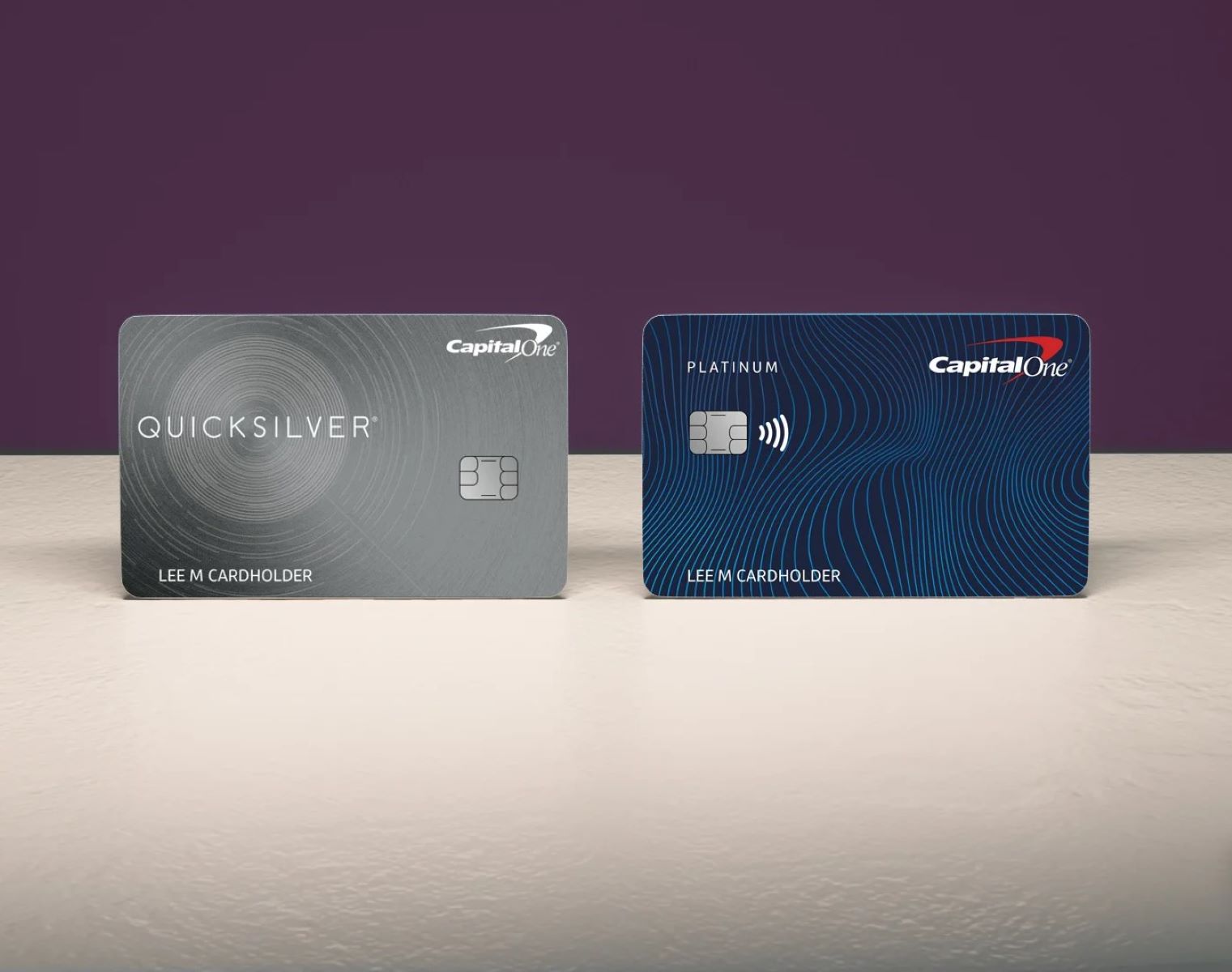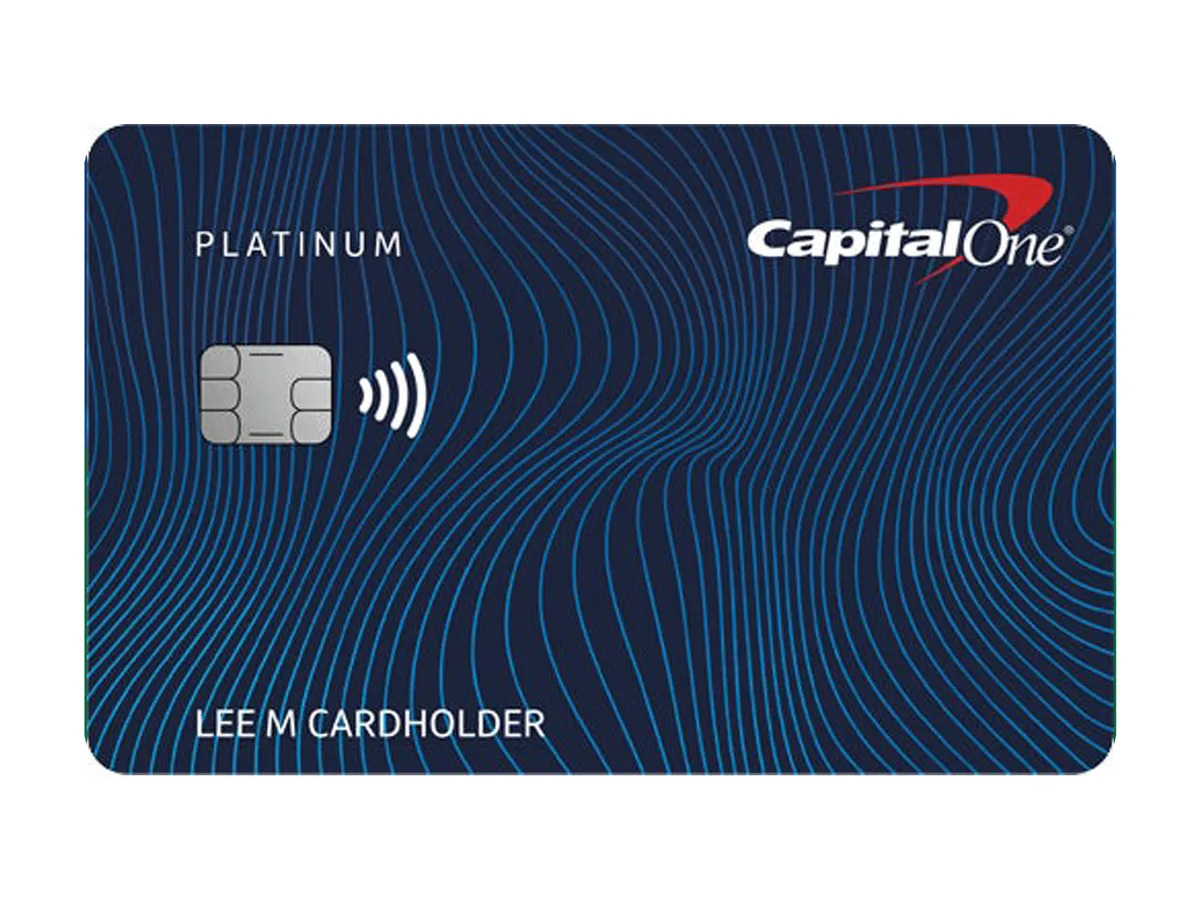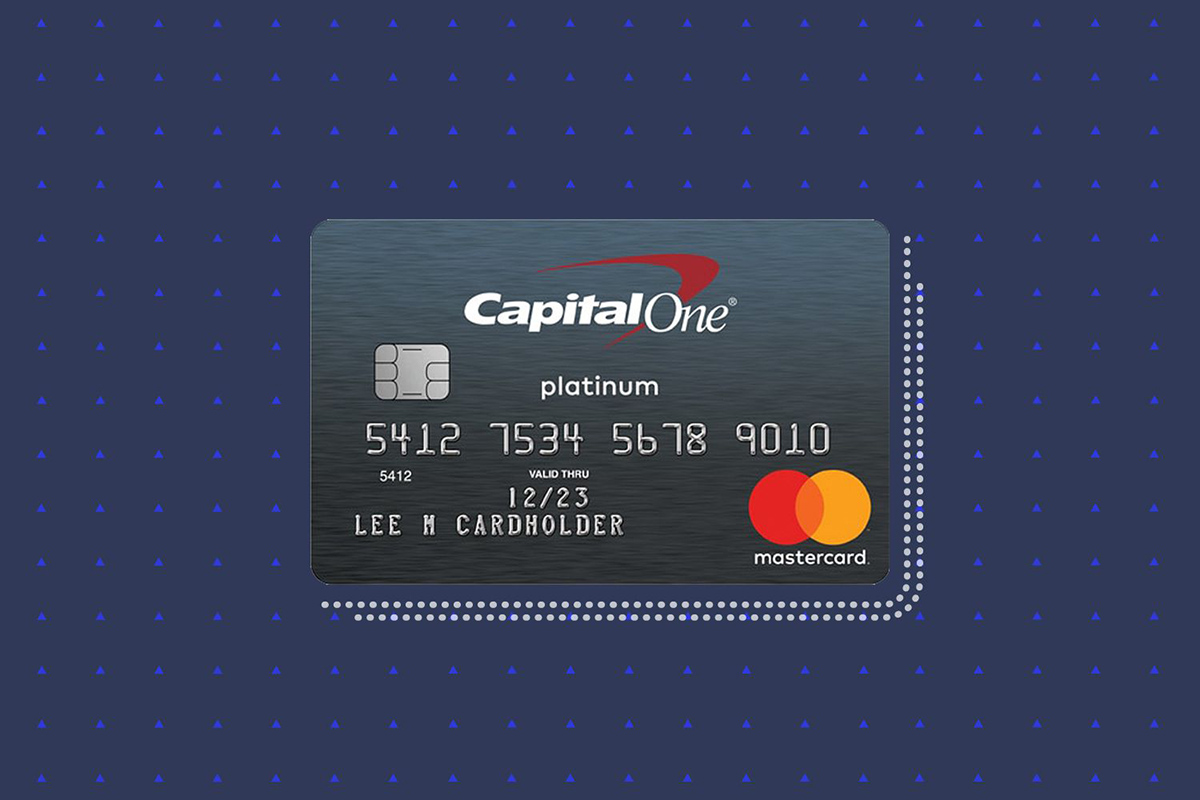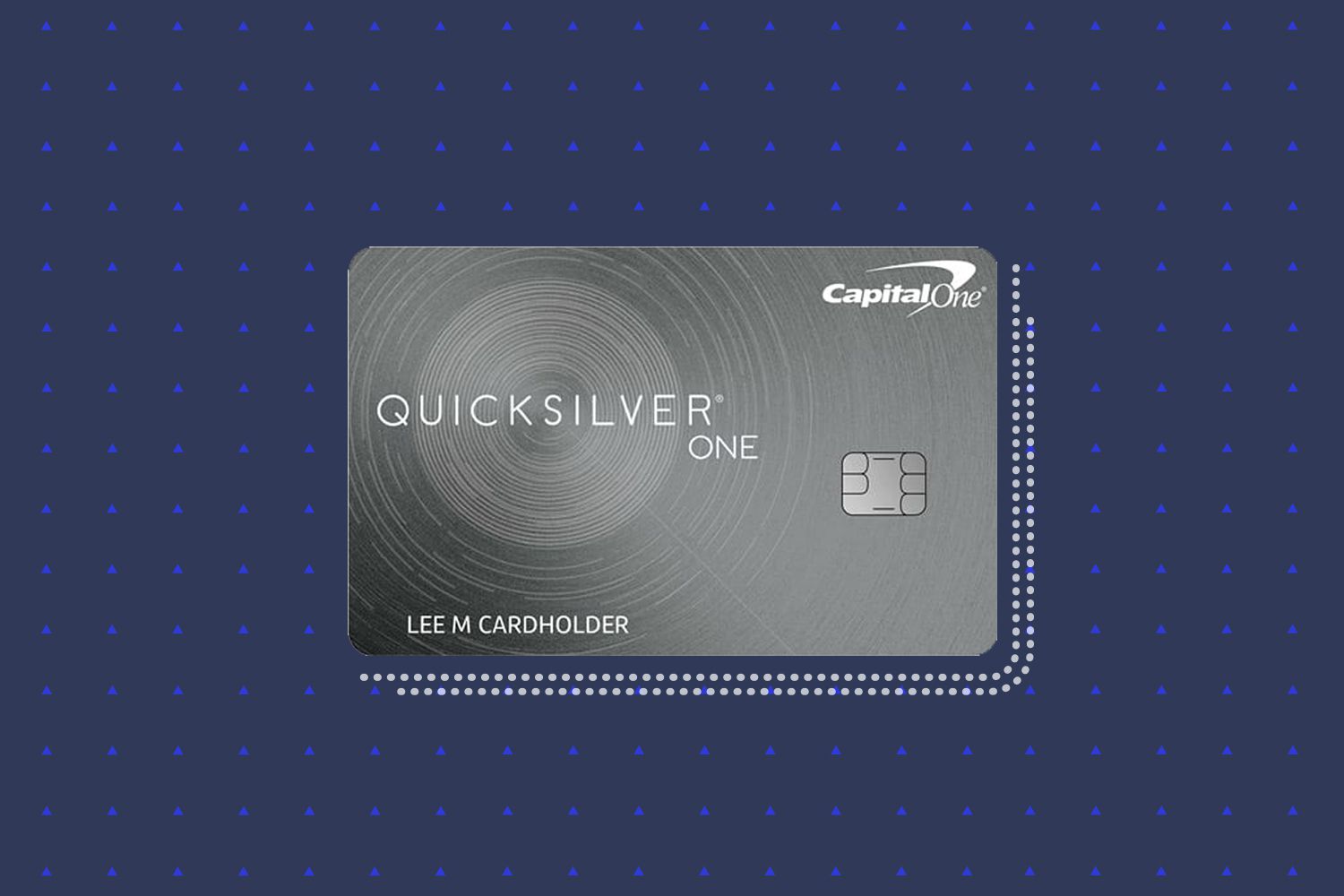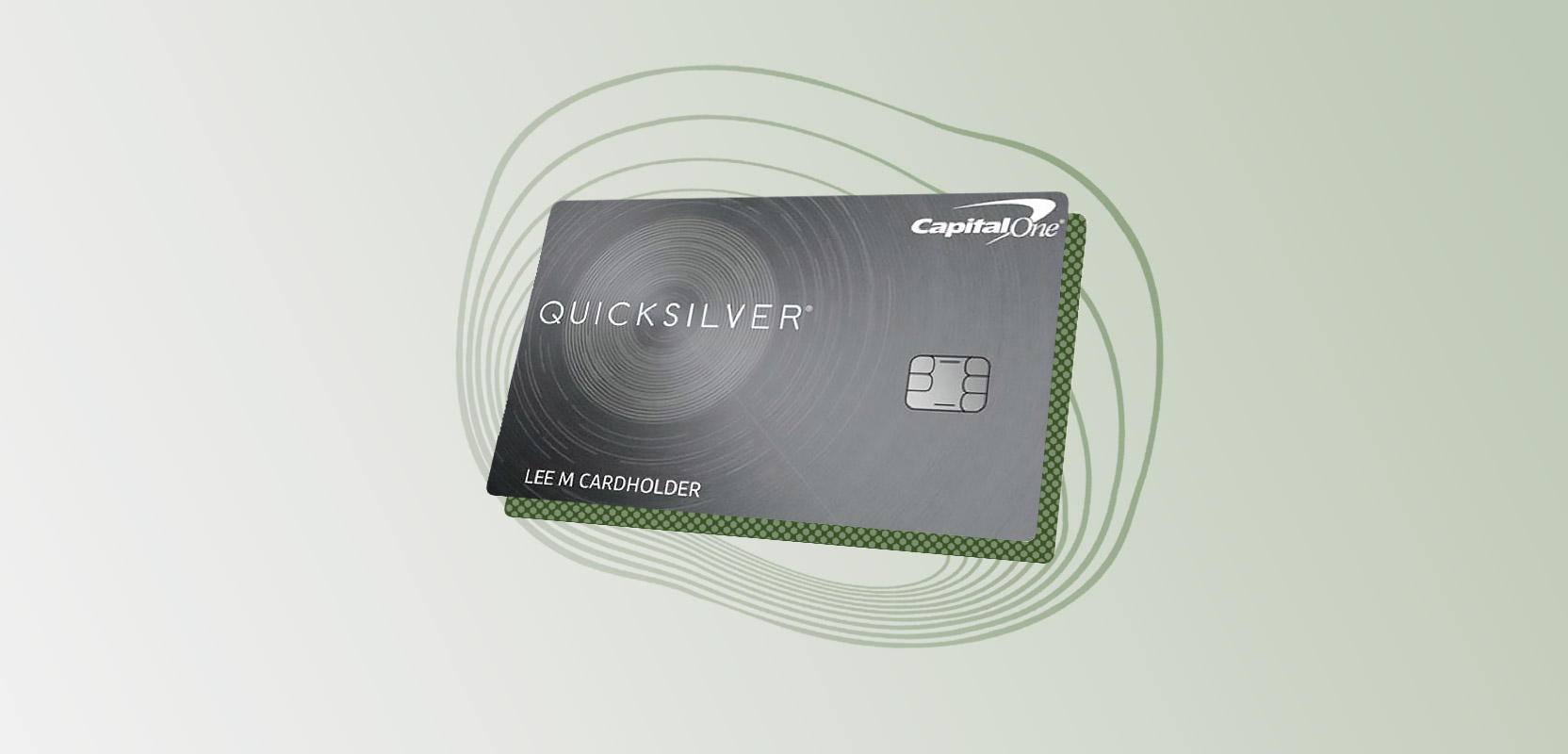Home>Finance>What Is The Credit Limit For Capital One Quicksilver
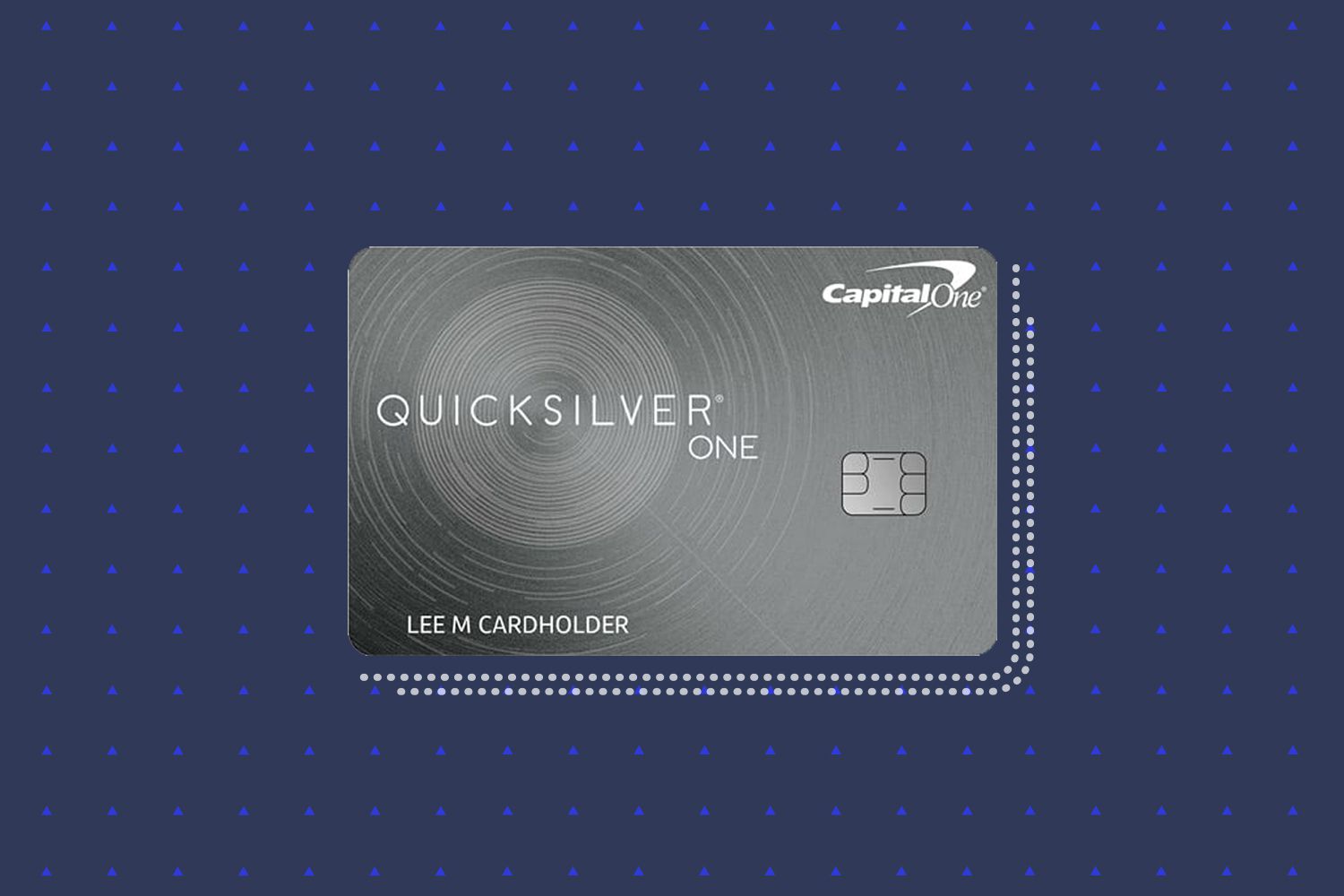

Finance
What Is The Credit Limit For Capital One Quicksilver
Modified: March 5, 2024
Discover the credit limit for Capital One Quicksilver and manage your finances with confidence. Explore the benefits and perks of this popular finance solution.
(Many of the links in this article redirect to a specific reviewed product. Your purchase of these products through affiliate links helps to generate commission for LiveWell, at no extra cost. Learn more)
Table of Contents
Introduction
When it comes to managing your finances, understanding credit cards is essential. Credit cards often come with a credit limit, which determines how much you can spend on your card. One popular credit card is the Capital One Quicksilver, known for its straightforward cashback rewards program and competitive rates.
In this article, we’ll dive into the topic of credit limits and specifically focus on the credit limit for the Capital One Quicksilver card. We’ll explore what credit limits are, how they are determined, and what factors can affect them. Additionally, we’ll discuss how you can request an increase in your credit limit and provide helpful tips for managing your credit limit effectively.
By the end of this article, you’ll have a comprehensive understanding of credit limits, and in particular, the credit limit associated with the Capital One Quicksilver card. So, whether you’re considering applying for this card or you already have it in your wallet, let’s explore the ins and outs of credit limits and how they impact your financial life.
Understanding Credit Limits
A credit limit is the maximum amount of money that a credit card issuer allows you to borrow on your credit card. It represents the cap on your spending and determines how much credit you have available to use. It’s important to note that your credit limit is not a suggestion of how much you should spend but rather a limit to how much you can borrow.
Credit card issuers set credit limits based on several factors, including your credit history, income, and creditworthiness. They use this information to assess your ability to handle credit responsibly and determine the level of risk they are willing to take by extending credit to you.
Your credit limit is typically specified when you are approved for a credit card, and it can vary widely based on individual circumstances. Some individuals may have a lower credit limit, while others may have a higher limit, depending on their financial profile.
It’s important to understand that your credit limit is not a static number. Credit card issuers may periodically review your account and may increase or decrease your credit limit based on various factors, including your payment history, credit utilization, and overall financial stability.
It’s essential to manage your credit limit wisely to maintain a good credit score and financial health. Being mindful of your spending and keeping your credit utilization ratio (the amount of credit you’re using compared to your credit limit) low can have a positive impact on your credit score and increase your chances of accessing higher credit limits in the future.
Now that we have a general understanding of credit limits, let’s explore the specific credit limit for the Capital One Quicksilver card and how it works.
Credit Limit for Capital One Quicksilver
The Capital One Quicksilver card is a popular choice for many individuals due to its attractive cashback rewards program and flexible credit options. The credit limit for the Capital One Quicksilver card can vary depending on various factors, including your creditworthiness, income, and other financial considerations.
For individuals with excellent credit and a strong financial profile, the credit limit for the Capital One Quicksilver card can be quite generous, enabling them to make larger purchases and have greater spending power. On the other hand, individuals with limited credit history or lower credit scores may initially be assigned a lower credit limit.
Capital One typically provides its cardholders with a credit limit range upon application. Based on your creditworthiness, you will be assigned a credit limit within that specified range. The specific credit limit you receive may also depend on other factors, such as your income and existing debts. It’s worth noting that Capital One often provides opportunities for credit limit increases for cardholders who have demonstrated responsible credit behavior over time.
It’s important to remember that while having a higher credit limit may provide you with more financial flexibility, it’s crucial to use your credit card responsibly and not exceed your means. Maxing out your credit card or carrying a high balance can negatively impact your credit score and leave you susceptible to debt.
Now that we understand the credit limit for the Capital One Quicksilver card, let’s explore the factors that can affect your credit limit and ways to request an increase.
Factors Affecting Credit Limit
When it comes to determining your credit limit, credit card issuers, including Capital One, take into account various factors. These factors help them assess your creditworthiness and determine the level of risk associated with extending credit to you.
Here are some key factors that can influence your credit limit:
- Credit History: Your credit history plays a significant role in determining your credit limit. Lenders review your credit reports to assess your creditworthiness and determine how responsible you have been with credit in the past. A positive credit history with a good track record of on-time payments and low credit utilization can lead to a higher credit limit.
- Income: Your income level is a crucial factor that helps lenders gauge your ability to repay borrowed funds. A higher income often translates to a higher credit limit, as it demonstrates a higher capacity to handle debt obligations.
- Credit Score: Your credit score, a numerical representation of your creditworthiness, is another important factor. A higher credit score indicates a lower credit risk, making you more likely to receive a higher credit limit.
- Debt-to-Income Ratio: Lenders consider your debt-to-income ratio, which measures the amount of debt you have in comparison to your income. Having a lower debt-to-income ratio may result in a higher credit limit, as it suggests you have a better ability to manage additional credit.
- Payment History: Your payment history reflects your past behavior in repaying debts. Consistently making payments on time can have a positive impact on your credit limit, as it indicates responsible financial behavior.
It’s important to note that the relative importance of each factor may vary from one lender to another, and other undisclosed factors may also come into play.
While you may not have control over certain factors like your credit history or income, you can still work on improving your creditworthiness over time. By consistently making on-time payments, keeping your credit utilization low, and managing your debts responsibly, you can increase your chances of securing a higher credit limit.
In the next section, we’ll discuss how you can request an increase in your credit limit for the Capital One Quicksilver card.
How to Request an Increase in Credit Limit
If you’re looking to increase your credit limit for the Capital One Quicksilver card, there are several steps you can take to make a request. Here’s a guide on how to request a credit limit increase:
- Review your creditworthiness: Before making a request, assess your creditworthiness by checking your credit score and reviewing your credit reports. This will give you an idea of where you stand and help you gauge your chances of approval for a credit limit increase.
- Contact the issuer: Reach out to Capital One’s customer service either by phone or through the online portal. Inquire about their credit limit increase policies and the process for submitting a request.
- Provide updated information: Be prepared to share updated information about your income, employment status, and any other relevant financial details that might strengthen your case for a credit limit increase.
- Explain your request: When making your request, it can be helpful to explain why you’re seeking a credit limit increase. Highlight any positive changes to your financial situation, such as an increase in income or improved credit score.
- Highlight your responsible credit behavior: Emphasize your history of responsible credit card use, such as timely payments and low credit utilization. This can show the issuer that you are a reliable borrower.
- Be patient: After submitting your request, be prepared to wait for a response. The issuer may need time to review your request and assess your creditworthiness. In some cases, they may approve your request immediately, while in other cases, they may require additional information or time to evaluate.
Remember, there’s no guarantee that your request for a credit limit increase will be approved. Issuers have different criteria and policies, and they consider a variety of factors before granting a credit limit increase. However, by following these steps and presenting a strong case, you may improve your chances of success.
Now that you know how to request a credit limit increase, let’s explore some essential tips for managing your credit limit effectively.
Tips for Managing Your Credit Limit
Managing your credit limit effectively is crucial for maintaining a healthy financial standing and maximizing the benefits of your Capital One Quicksilver card. Here are some valuable tips to help you manage your credit limit:
- Create a budget: Establish a budget to track your expenses and ensure that you don’t exceed your credit limit. By allocating specific amounts to different categories, you can keep your spending in check and avoid overspending.
- Monitor your credit utilization: Keep an eye on your credit utilization ratio, which is the percentage of your credit limit that you are currently using. Ideally, aim to keep your utilization below 30% to maintain a healthy credit score. If you find your utilization creeping up, consider making extra payments to bring it back down.
- Make timely payments: Pay your credit card bill in full and on time each month to avoid late fees and negative impacts on your credit score. Setting up automatic payments can help you stay on track and ensure you don’t miss any due dates.
- Avoid unnecessary debt: While your credit limit may provide you with spending power, it’s important to use it wisely. Avoid taking on debt for unnecessary purchases and focus on using your credit card for essential expenses that you can pay off within your billing cycle.
- Regularly review your statements: Take the time to review your credit card statements regularly to identify any fraudulent or unauthorized charges. This also allows you to keep track of your spending habits and make adjustments as needed.
- Communicate with your credit card issuer: If you anticipate any challenges in making your payments or need assistance managing your credit limit, reach out to your credit card issuer. They might be able to provide guidance, adjust your payment due date, or offer alternative solutions to help you manage your credit effectively.
By implementing these tips, you’ll not only keep your credit limit under control but also build a strong credit history and maintain a good credit score.
Now, let’s summarize the key points we’ve covered in this article.
Conclusion
Understanding credit limits and how they impact your financial life is essential for responsible credit card usage. In this article, we discussed the credit limit for the Capital One Quicksilver card, covering important aspects such as what credit limits are, factors affecting credit limits, how to request a credit limit increase, and tips for managing your credit limit effectively.
Whether you already have the Capital One Quicksilver card or are considering applying for it, knowing your credit limit and how to use it wisely can help you make the most of your card’s benefits while maintaining a healthy financial standing.
Remember, a credit limit is not an invitation to spend beyond your means but rather a cap on how much you can borrow. By managing your credit limit responsibly, making timely payments, and keeping your credit utilization low, you can build a positive credit history and increase your chances of obtaining higher credit limits in the future.
Additionally, if you feel that your credit limit is too low for your current needs, don’t hesitate to contact Capital One and request a credit limit increase. By demonstrating responsible credit behavior and providing updated information, you may be able to secure a higher credit limit to help meet your financial goals.
Lastly, remember to regularly review your credit card statements, create a budget, and communicate with your credit card issuer if you need assistance. These actions will help you stay on top of your finances and make the most of your credit card benefits.
By applying the knowledge and tips shared in this article, you can navigate the world of credit limits with confidence and achieve financial success.

